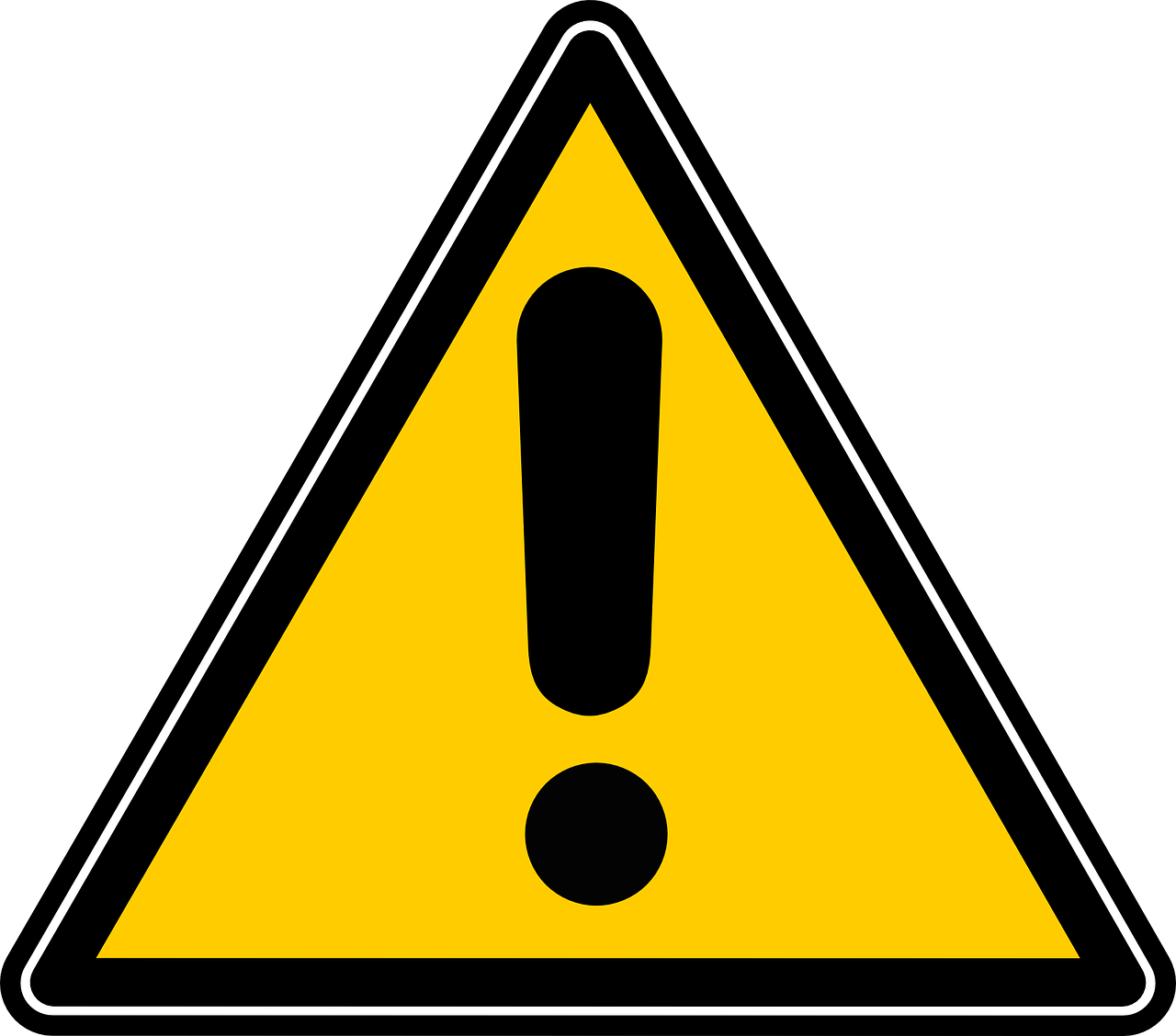4 Crucial Parts of an Emergency Response Plan

Developing an emergency response plan is vital for the safety and welfare of any organization. Ensuring staff understands the basics of what to do when a specific hazardous situation occurs is crucial for the livelihood of your business.
Identify goals, objectives, and procedures of the plan and communicate this on a routine basis to your staff. Define your team of emergency response leaders - those staff are to go to for guidance given any hazardous situation.
Crucial parts of an Emergency Response Plan
Evacuation Plan
Define steps when a building must be evacuated and ensure the plan accounts for everyone. Each staff member and guest should easily end up in a pre-determined, safe location.
- Employees will be warned to evacuate the building using a specified system.
- Employees should assemble at a pre-determined location for accounting by an evacuation team.
- Determine a staff member who will review an employee roster and visitor log at the evacuation assembly area to account for all evacuees. This person is informed if anyone is missing or injured.
Define an evacuation team leader, person(s) to search each floor of the building, and a team to search stairwells and elevators as well as aide those with disabilities.
Severe Weather/Tornado Shelter/Lockdown
If a tornado warning is issued, broadcast a warning throughout all buildings instructing everyone to move to shelter.
- Assign a person to monitor weather sources for updated emergency instructions and serve as a point person to broadcast warnings issued by weather services.
- Determine staffers who direct personnel working outside to seek shelter in a pre-determined location.
- Assign staff to direct employees and visitors to a pre-determined shelter location.
Medical Emergency Plan
When a medical issue requires an emergency response, dial 9-1-1 to request medical assistance. Provide the following information:
- Number and location of victim(s)
- Nature of injury or illness
- Any hazards involved
- Nearest entrance (emergency access point)
- Alert trained employees (members of the medical response team) to respond and bring a first aid kit or AED
- Control access to the scene
- Take precautions to prevent contact with bodily fluids
Post signage showing location of first aid kits and AEDs. Train staff annually on first aid and AED administration and keep detailed records.
Fire Evacuation Plan
Evacuate building occupants along evacuation routes to primary assembly areas outside in a safe location. Redirect building occupants to stairs and exits away from the fire and prohibit use of elevators.
Pre-determined evacuation team to account for all employees and visitors at the assembly area. Have your dedicated spokesperson inform the Fire Department's Incident Commander (IC) if everyone has been accounted for and if there are any injuries. Assign personnel to verify fire protection systems are operating normally and to operate building utility and protection systems as directed by the fire department.
Be Prepared
Identify preparations before a hazard event occurs by determining assigned personnel in charge of safety of staff and visitors. Identify how you will assess damage, salvage undamaged goods, and cleanup the building following an incident. Identify the contractors, equipment, and materials that would be needed. Review your plan at least annually and most important of all, create an attitude of safety amongst your staff and train, train, train!
Contact RTA Fleet Management Software today to schedule a free demo.
